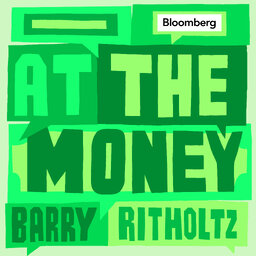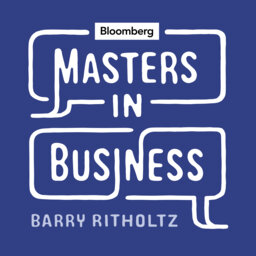Interview With William Sharpe: Masters in Business (Audio)
Bloomberg View columnist Barry Ritholtz interviews William F. Sharpe, the STANCO 25 professor of finance, emeritus, at Stanford University’s Graduate School of Business. Sharpe is a past president of the American Finance Association and received the Nobel Prize in Economic Sciences in 1990. This interview aired on Bloomberg Radio.
 Masters in Business
Masters in Business


